The Next-Gen Payments
Platform
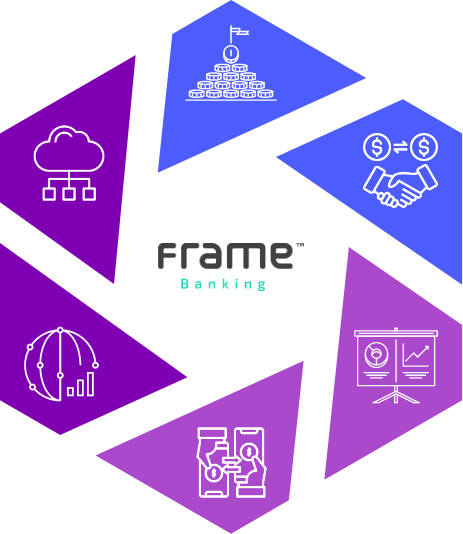
By leveraging a composable architecture, Frame Banking™ places the transaction at the center of the financial experience and reduces the traditional limitations of legacy systems.
Frame Banking™ enables the intuitive, simple, and agile deployment of financial services across dierent channels in a scalable manner.



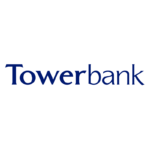

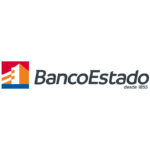










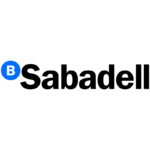
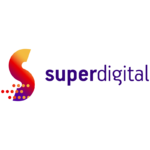

Innovation in Business Models
New Business Models based on transactions, such as collection, embedded finance, channel- dependent cash management, payment method, payment dynamics, etc
Multi-System Integrations with high-customization, seamless and without development, allowing multiple payments and collections in a single transaction.
Safe and Secure Transactions enabling the generation and autonomous control of transactional OTPs
Different Use Cases Remittances, international transfers, payment of services, P2P (peer-to-peer), cash in-out at correspondents, mass payments, interoperability.
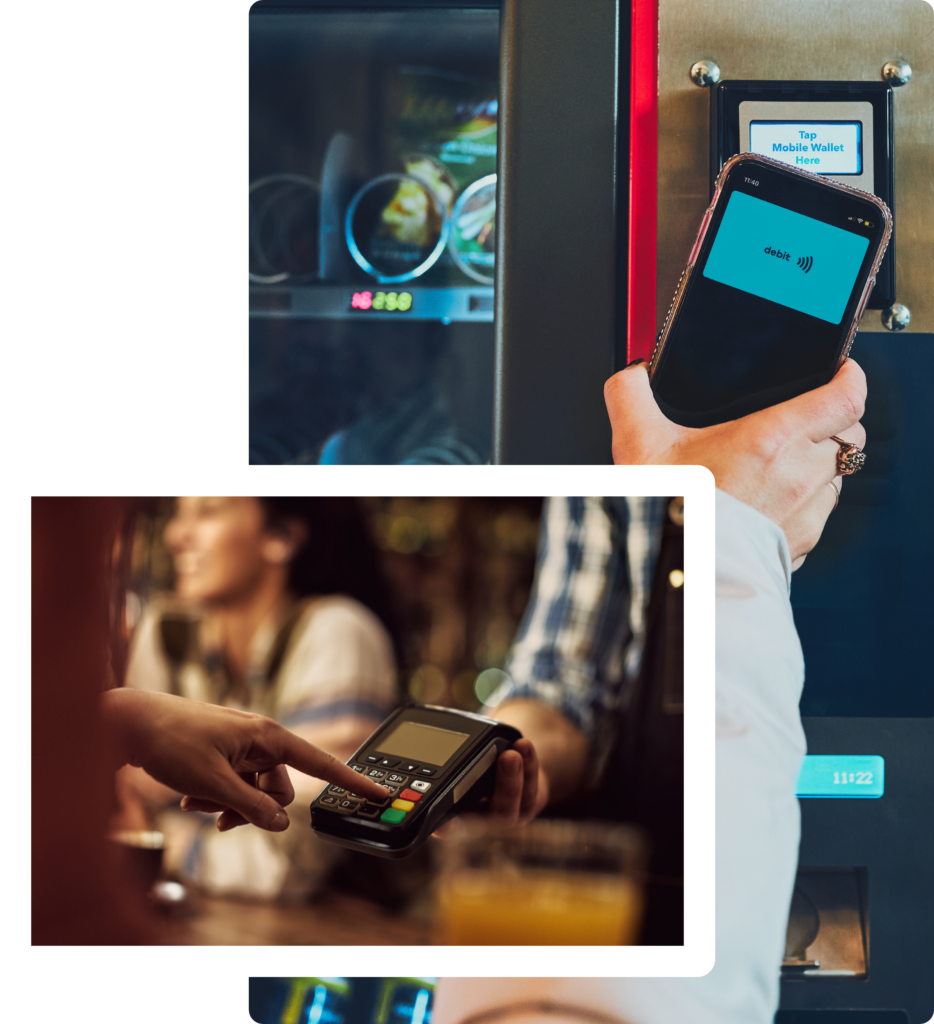
Seamless Ecosystem Creation
Integrations with multiple business channels inside and outside industry standards: ISO8583, ISO20022, NACHA, REST, SOAP, etc.
Easy, fast, and safe connections with all industry-related elements: certificates, TLS, VPN, etc.
Business Rules and Enrollment: Auto-enrollment, Validations, Agreements, Commissions, Taxes, Reconciliations, and Compensations
Sample Ecosystem Integrations with business partners, central banks, ACH (automated clearing house), correspondents, enterprises, and fintech companies
Efficiency Through Convergence
Frame Banking™ enables institutions to realize substantial savings in both cost and time. It facilitates the deployment of multiple use cases by converging different payment rails onto a single platform under one contract, optimizing resources to maximize operational efficiency.
Frame Banking™ replaces developments in the core to solve transactional logic; business rules and operational developments in integration pieces such as Service Bus, BPM, and API Gateways; reconciliation systems developed or ad hoc; and multiple solutions for each payment rail (remittances, SWIFT, Correspondents, Payment of services, etc.).
Frame Banking™ enables a payment rails convergence strategy with a single SaaS platform.
Frame Banking™ allows a multicore strategy, simplifying the role of various digital and legacy cores, and mitigating historical risks of banking core replacements.
A Composable Architecture Built for Change

• Centered on product and accounting
• Limited growth with no scaling capabilities
• Transactions as a “necessary evil”

• Evolution based on developer updates
• Vendor lock-in
• High-cost integrations

• Composable architecture based on APIs.
• Integration with new business models
• Faster time-to-market for products and services

• Centered on transactions and services
• No vendor lock-in
• Future-proof scalability
Trusted by Organizations Around the Globe
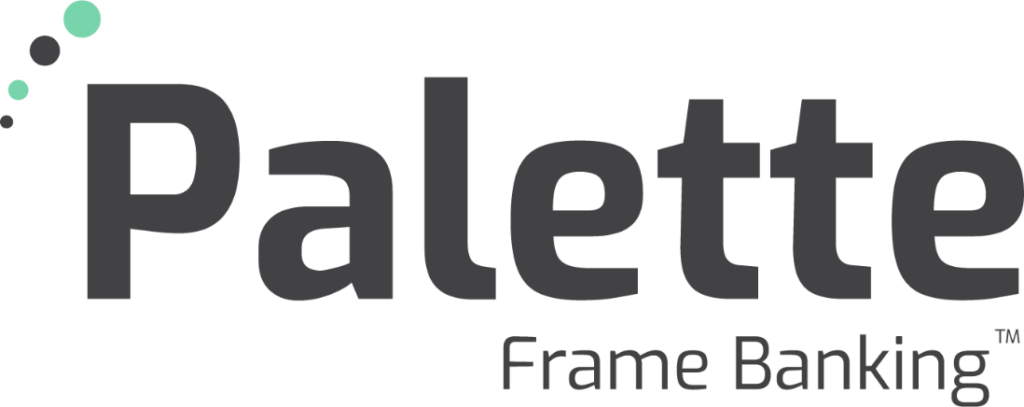
Next-Gen Transaction
Management and Monitoring
Frame Banking™ Key Principles and Advantages
Low Code
Customization & Scalability
Omnichannel Integrations
Cloud-Native SaaS
Transactions-Centered System
Core Agnostic
Powering the Full Life Cycle of Digital Transactions
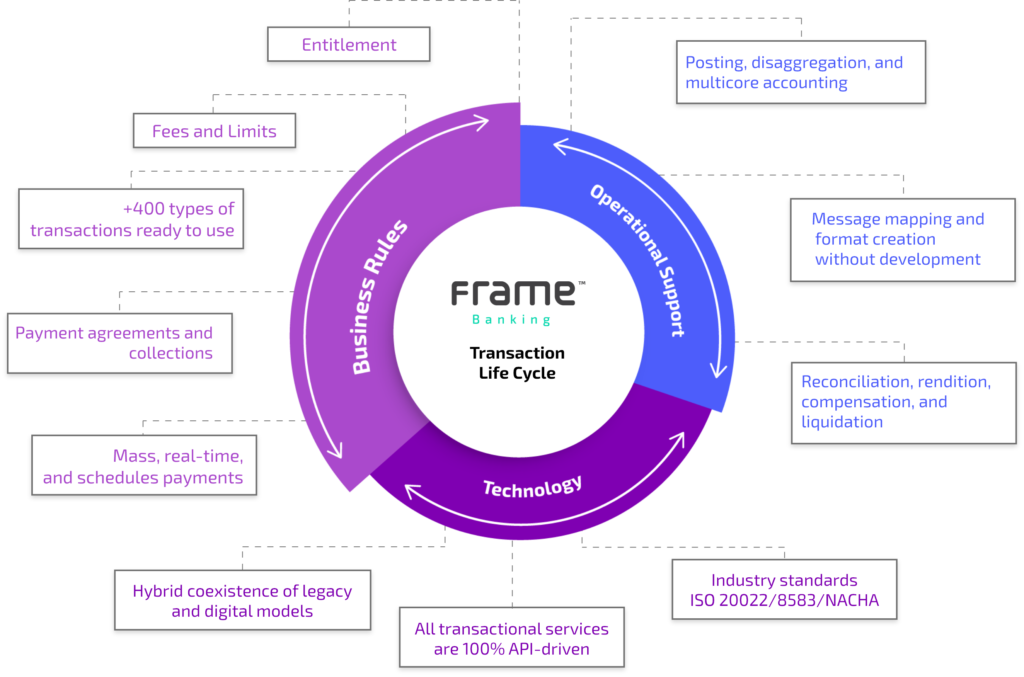
Frame Banking™ Business Frameworks



Thrive in the next generation
of payment ecosystems
Unlock more responsive, agile, and engaging
transactions with Frame Banking™.
Unlock more responsive, agile, and engaging
transactions with Frame Banking™.
